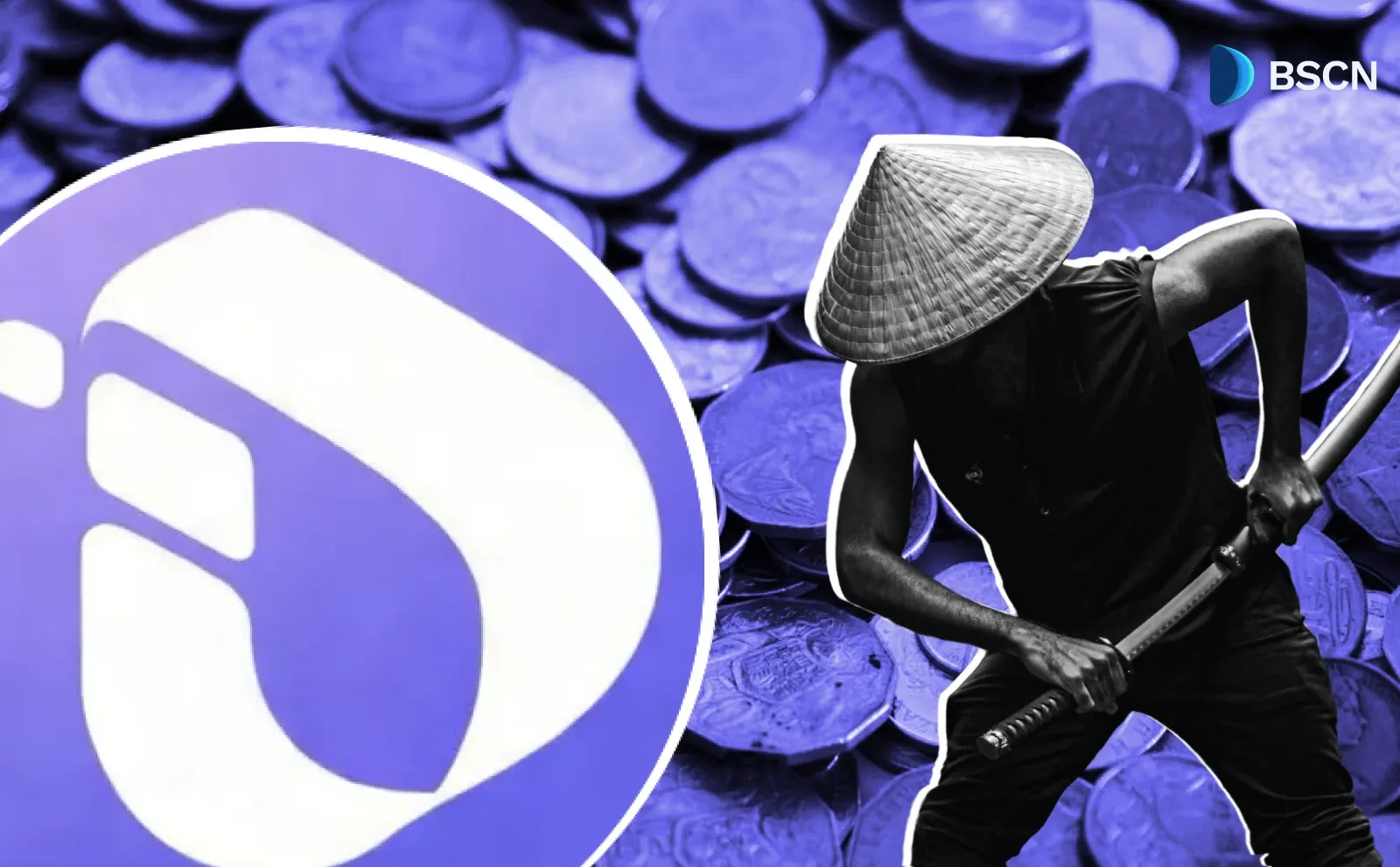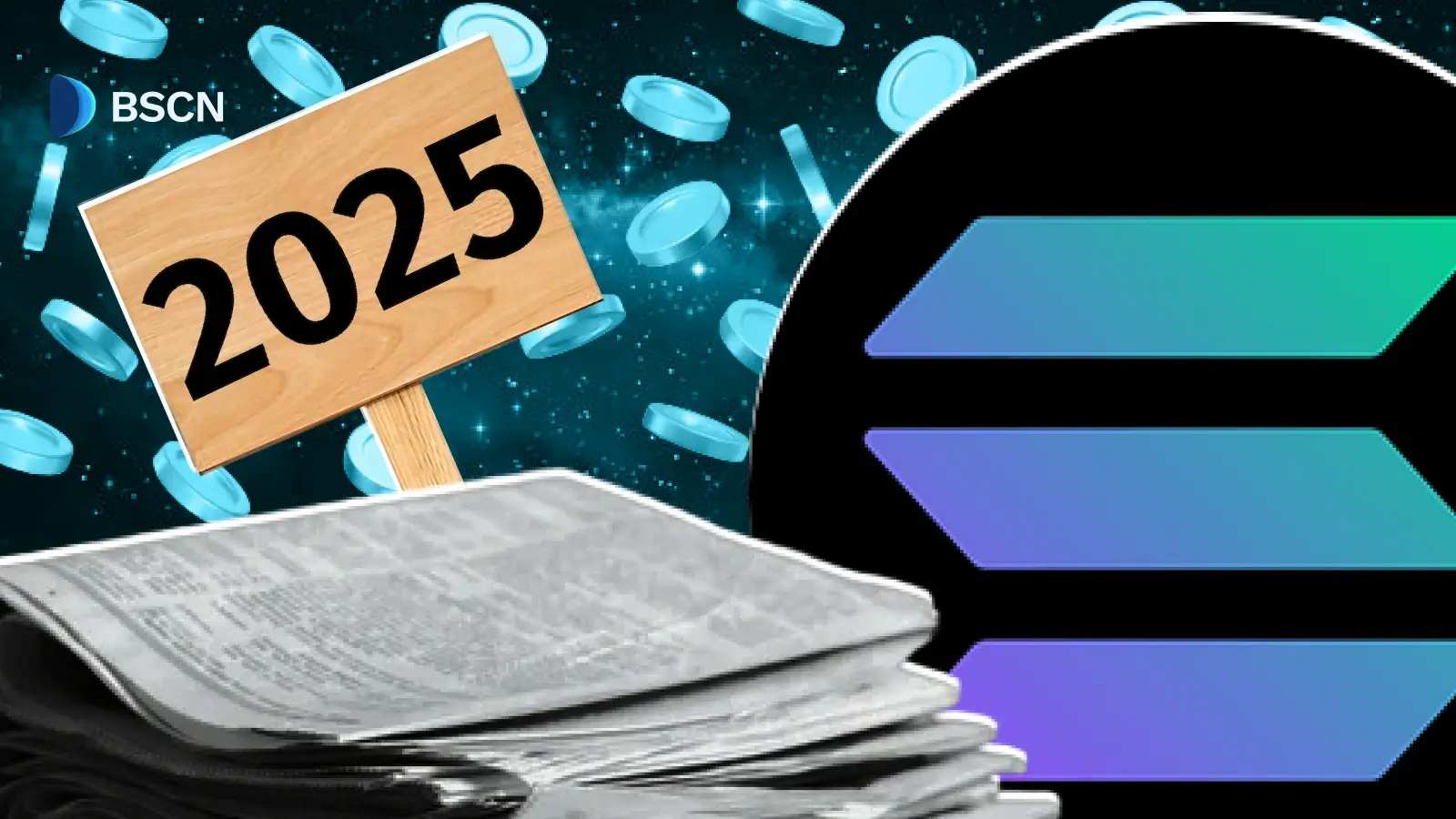News
(Advertisement)
Is the US Using Stablecoins to Devalue Its $37T Debt?

Is the U.S. using stablecoins to manage its $37T debt? Experts weigh in on debt strategy, crypto adoption, and financial risks.
Soumen Datta
September 9, 2025
(Advertisement)
Table of Contents
The U.S. government is not openly using stablecoins to devalue its $37 trillion debt, but speculation is rising about how digital dollar-pegged assets could fit into debt management.
A claim from Anton Kobyakov, a senior adviser to Russian President Vladimir Putin, has reignited the debate. He argues that Washington is deliberately pushing crypto and gold into the global financial system to “rewrite the rules” and ease its massive debt burden.
Putin’s advisor Kobyakov: The U.S. has devised a crypto scheme to erase its massive debt at the world’s expense.
— Russia Direct (@RussiaDirect_) September 8, 2025
“The U.S. is now trying to rewrite the rules of the gold and cryptocurrency markets. Remember the size of their debt—35 trillion dollars. These two sectors (crypto… pic.twitter.com/R4RDeYtaGg
So far, there is no evidence that the U.S. is devaluing its debt through stablecoins. However, both government initiatives and expert opinions show that stablecoins are becoming a central tool in U.S. financial strategy.
The Scale of the U.S. Debt
The United States has accumulated more than $37 trillion in public debt, equal to $107,984 per citizen and $323,051 per taxpayer. Spending has outpaced revenue for decades, with a $1.83 trillion budget deficit last year alone. Key figures:
- Medicare and Medicaid costs: $1.69 trillion
- Social Security: $1.52 trillion
- Net interest on the debt: $1.03 trillion
- Defense: $908 billion
The debt-to-GDP ratio now stands at 123%, compared to 57% in 2000. Interest payments consume resources that might otherwise go to infrastructure, education, or innovation.
Against this backdrop, stablecoins are being discussed as more than just a payment tool.
What Are Stablecoins?
Stablecoins are digital assets pegged to the value of fiat currencies—most often the U.S. dollar. They are widely used for trading, cross-border transfers, and liquidity in crypto markets.
Dollar-backed stablecoins like USDT (Tether) and USDC (Circle) are already major players in the global financial system. Their growth has sparked interest from U.S. policymakers who see them as a way to maintain the dollar’s international dominance.
Russia’s Allegation: Stablecoins as Debt Strategy
At the Eastern Economic Forum in Vladivostok, Anton Kobyakov accused the U.S. of using crypto and gold as tools to reduce its debt. He suggested Washington could move parts of its national debt into stablecoins, effectively devaluing it and “starting from scratch.”
Kobyakov said:
- The U.S. is pushing the world into a “crypto cloud.”
- Stablecoins could be a Trojan horse for shifting the burden of debt.
- This would be similar to how the U.S. dealt with debt in the 1930s and 1970s.
However, he did not explain the mechanism of how stablecoins would devalue existing debt. Analysts consider this claim speculative.
U.S. Stablecoin Policy Developments
Unlike Russia, which bans crypto payments domestically, the U.S. is embracing stablecoins as part of its financial system. Recent developments include:
- GENIUS Act (July 2025): Signed into law by President Donald Trump, it establishes a regulatory framework for U.S. dollar-pegged stablecoins.
- Treasury Secretary Scott Bessent (March 2025): Announced that stablecoins will be used to strengthen the dollar’s role as the global reserve currency.
- Former House Speaker Paul Ryan (July 2024): Argued stablecoins could help prevent failed debt auctions by creating demand for U.S. Treasuries.
These actions suggest Washington views stablecoins as a way to support demand for government debt, rather than devalue it.
Expert Views: Debt Management and Stablecoins
ARK Invest: A Strategic Asset
Lorenzo Valente of ARK Invest says stablecoins could help the U.S. maintain its reserve currency status. The total supply of stablecoins has grown over 20% since January 2025, now representing more than 1% of the M2 money supply.
Federal Reserve Bank of Kansas City: Treasury Demand
Research from the Kansas City Fed shows stablecoins could create additional demand for U.S. Treasuries. But it warns this may reduce credit availability in other sectors.
Goldman Sachs: Short-Term Debt Financing
A Goldman Sachs report suggests that as stablecoins grow, they could become a major buyer of short-term U.S. debt instruments, helping finance the deficit.
Arthur Hayes: $10 Trillion Treasury Buying Power
Arthur Hayes, former CEO of BitMEX, predicts stablecoins could enable banks to buy up to $10 trillion in Treasuries. While this could aid financing, it might also worsen the debt spiral.
Jean Tirole: Stability Concerns
Nobel Prize-winning economist Jean Tirole warns of financial instability. He highlights the risk of a run on stablecoins if doubts emerge about the assets backing them. Such a crisis could force taxpayer-funded bailouts.
Amundi: Global Payment Risks
Vincent Mortier of Amundi argues that the GENIUS Act could destabilize the global payment system, increasing Treasury demand but paradoxically weakening the dollar.
Russia’s Stablecoin Efforts
Russia is also exploring stablecoins. Reports in June revealed plans for a ruble-backed stablecoin, A7A5, set to launch on Tron. Moscow hopes to reduce reliance on U.S. dollar stablecoins in trade with China and India.
Despite banning domestic crypto payments in 2022, Russia now allows financial institutions to offer crypto products to accredited investors.
Why Stablecoins Could Help the U.S. Debt
- They can increase demand for U.S. Treasuries, especially short-term bills.
- They may strengthen dollar dominance globally, keeping the dollar as the settlement currency.
- They can provide liquidity in financial markets without creating new inflationary pressure.
Why Stablecoins May Not Solve the Debt Crisis
- Moving debt “into stablecoins” does not erase or devalue it; liabilities remain.
- Heavy reliance on stablecoins could trigger systemic risks if confidence collapses.
- Increased Treasury demand may divert funds from private credit markets.
- Oversight gaps could lead to taxpayer bailouts in the event of a crisis.
Conclusion
There is no evidence that the U.S. is using stablecoins to devalue its $37 trillion debt. Instead, Washington appears to be adopting them to reinforce dollar hegemony and sustain demand for Treasuries.
Stablecoins may ease debt management by boosting liquidity and creating new demand for government debt instruments. But they do not eliminate or “wipe clean” the debt. The risks—ranging from financial instability to overdependence on digital assets—remain significant.
Resources:
Anton Kobyakov’s statement: https://forumvostok.ru/programme/press-event-programme/?search#131998
US debt figures: https://www.usdebtclock.org/
Goldman Sachs report report about short-term debt financing: https://www.goldmansachs.com/pdfs/insights/goldman-sachs-research/stablecoin-summer/TopOfMind.pdf?
Ark Invest’s report about stablecoins: https://www.ark-invest.com/articles/analyst-research/stablecoins-as-a-us-financial-ally?
Amundi warns US stablecoin policy could destabilise global payments system - report by Reuters: https://www.reuters.com/business/finance/amundi-warns-us-stablecoin-policy-could-destabilise-global-payments-system-2025-07-03/
Read Next...
Frequently Asked Questions
Is the U.S. moving its debt into stablecoins?
No. There is no confirmed strategy of transferring U.S. debt into stablecoins. Policymakers view stablecoins as a way to support dollar dominance and Treasury demand.
Could stablecoins reduce U.S. debt?
Stablecoins could make it easier to finance debt by increasing demand for Treasuries, but they cannot erase or devalue existing liabilities.
Why does Russia accuse the U.S. of using stablecoins this way?
Russian officials suggest Washington is leveraging crypto and gold to manage debt at the world’s expense. However, these claims lack technical detail and remain speculative.
Disclaimer
Disclaimer: The views expressed in this article do not necessarily represent the views of BSCN. The information provided in this article is for educational and entertainment purposes only and should not be construed as investment advice, or advice of any kind. BSCN assumes no responsibility for any investment decisions made based on the information provided in this article. If you believe that the article should be amended, please reach out to the BSCN team by emailing [email protected].
Author
 Soumen Datta
Soumen DattaSoumen has been a crypto researcher since 2020 and holds a master’s in Physics. His writing and research has been published by publications such as CryptoSlate and DailyCoin, as well as BSCN. His areas of focus include Bitcoin, DeFi, and high-potential altcoins like Ethereum, Solana, XRP, and Chainlink. He combines analytical depth with journalistic clarity to deliver insights for both newcomers and seasoned crypto readers.
(Advertisement)
Latest News
(Advertisement)
Crypto Project & Token Reviews
Project & Token Reviews
Comprehensive reviews of crypto's most interesting projects and assets
Learn about the hottest projects & tokens












